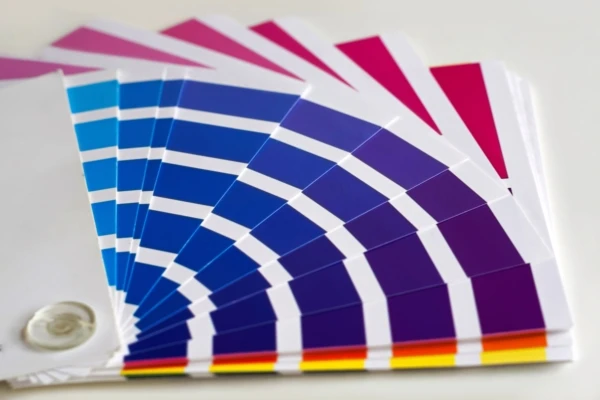Color Psychology in the Nursery

It's probably unnecessary to convince anyone these days that colors greatly affect our mood and psychology. This is all the more important when considering the environment where your school-age child spends time.
Read about how colors affect our psychology, and if your child's room isn't currently the color it could be, you'll have time to repaint it nicely before school starts and give the room a fresh look.

Red
It's probably not a surprise that we started with this color, is it? Red is the most intense color and the word representing it is the oldest color-describing word in most languages. Perhaps red came first and then the rest followed.
Red stimulates both body and mind and, according to some research, even increases breathing and heart rate. Red should only be used as an accent, because if there's too much of it, it can make a child more aggressive and cause concentration difficulties.
Orange
Orange is also quite intense, but you shouldn't be afraid to use it. Orange is a warm and cheerful color and supposedly children who play in orange rooms are more confident and independent, have better social skills, and are more willing to cooperate.
Well then. We're probably heading to the store today for some orange paint.
Yellow
When you say yellow, you think cheerful, don't you? Yellow is indeed a nice color and we encourage you to use it in a children's room. According to research, light yellow boosts concentration and dark yellow improves memory. However, we caution against the use of overly bright yellow, as it is supposedly able to make a person more angry.
Sources also claim that if your child has sleep problems, yellow walls make things worse – it's difficult to calm down in a yellow room.
Use yellow together with gray, green, or blue. This way the good properties of yellow have an effect and there isn't too much of it.
Pink
A pink room is every little girl's dream. Pink has a calming effect and increases empathy. Unfortunately, children get tired of the pink color quickly, so don't be surprised if you need to repaint the pink walls soon.
Blue
For some reason, it's believed that blue is a boy's color – in reality, it also suits girls. Blue has the opposite effect of red and is calming, lowering both pulse rate and blood pressure. Blue works well for creativity and is a good choice for a school-age child's room color.
You could use blue together with yellow, as supposedly blue can sometimes have a depressing effect.
Green
We've reached the most calming color. Green reduces anxiety and irritation just like being surrounded by greenery in nature does. Some studies show that children's reading ability and comprehension improve in a green room.
If your child uses their room for studying, green is definitely a very good choice. Of course, green comes in different shades and, for example, overly dark green can have a heavy effect.
Purple
Purple is the color of kings. It works well for confidence and creativity. It is reportedly also how purple affects a child's sensitivity and attentiveness toward others. However, if your child is overly sensitive, it's worth avoiding purple or using it only as an accent.
Gray
Gray has complicated stories. When used sparingly, it has a good effect; but when used a lot, it can create a sense of loneliness in a child. It makes sense to use gray as an accent with yellow or another color.
In preparing this post, TeePee Joy and Houzz were helpful.






